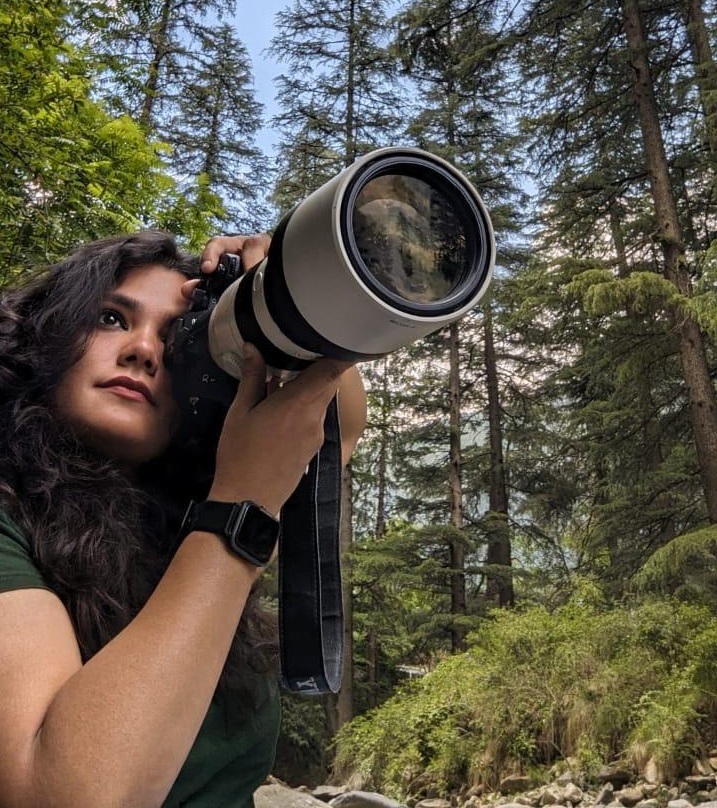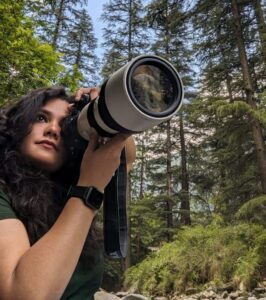Offbeat Indian Safaris Small-Group Adventures in Dudhwa, Pilibhit & Rajaji
Most tourists usually think of Ranthambore, Bandhavgarh, or Kanha when they think of an Indian tiger safari. Although these parks are well-known and breathtaking, India’s wild side is not limited to them. Outside the spotlight, there are more subdued settings like Dudhwa, Pilibhit, and Rajaji where nature speaks in whispers rather than roars.
These reserves are not “alternatives”; they are experiences that are completely unique. Think of the sound of swamp deer calling at dawn, tigers moving through tall Terai grasslands, and elephants emerging from the foot of the Himalayas. From there, imagine the comfort of small group wildlife tours India in which you are not one jeep of many; you will be a traveler sharing stories, sightings and silence with a small like-minded group of people who enjoy nature.
For photographers, mindful explorers and those who love space and authenticity, these off beat safaris will bring you something special: experience over interruption, and connection over crowds.
Dudhwa Tiger Safari India: Grasslands, Rhinos & Swamp Deer
Nestled in the Terai region along the Nepal border, the Dudhwa Tiger Reserve is one of the more interesting (and less frequented) parks in India. You can expect an exciting, Dudhwa tiger safari India experience, but the real wonder in the park is in its incredible biodiversity and landscape.
What Makes Dudhwa Unique:
It is one of the few locations in India where you can see both tigers and rhinos, as it is home to the reintroduced one-horned rhinoceros.
Renowned for the barasingha (swamp deer), a species that was once in danger of going extinct but is now flourishing in the grasslands of the park.
There are more than 400 species of birds, including migratory storks, Bengal floricans, and hornbills.
The grassland-meets-forest setting of Dudhwa is a photographer’s paradise. No other safari location produces images like the silhouettes of rhinos against river plains or the golden morning light slicing through elephant grass.
Safaris feel slower, quieter, and more intimate in Dudhwa because there are fewer cars there, which is a big plus for wildlife photography tours in India.
Pilibhit Tiger Safari: Riverine Forests & Calm Paths
Pilibhit is located directly in the Terai Arc Landscape, a vital tiger corridor along the Sharda River, and has been designated a Tiger Reserve by UNESCO. The forest itself has been defending big cats and numerous other species for centuries, even though it only received official status in 2014.
Known for its grassland tigers, it’s a sight to behold when a striped cat emerges from tall, golden grasses.
It provides a variety of grasslands, riverine ecosystems, and sal forests, making it perfect for a range of sightings.
By booking a Pilibhit tiger safari package, you can enter a reserve that is much less crowded than the well-known ones but just as rewarding. Pilibhit offers visitors who would rather venture off the usual route the opportunity to witness tiger tracking India in its most unadulterated state, free from long lines for safari permits and jeep convoys.
This park is also a great place for small group wildlife tours in India, where the emphasis is more on listening, learning, and observing than on racing from sighting to sighting.
Rajaji National Park Safari: Himalayan Foothills & Elephants
Rajaji National Park, which stretches from the Terai grasslands into the Himalayan foothills, is yet another undiscovered gem. One of the greatest locations in northern India to see massive herds of elephants in the wild, it is well-known for its elephant population and is dispersed throughout Uttarakhand.
More than 500 elephants, tigers, leopards, and the endangered great pied hornbill can be found there. A special place in the Shivaliks that combines the ecosystems of the plains and mountains. You can blend wilderness with Himalayan spirituality in this rich cultural setting, which is the backyard of Rishikesh and Haridwar.
On a safari in Rajaji National Park, you have the same chance of seeing a herd of elephants cross a river as you do of hearing deer alarm calls indicating the approach of a tiger. Rajaji also provides boutique lodges and camps that strike a balance between comfort and conservation for those who enjoy luxury wildlife tours in India.
Why Small Groups Elevate the Safari Experience
The fact that Dudhwa, Pilibhit, and Rajaji are ideal for small-group wildlife tours in India is one of its distinguishing characteristics. These parks still feel open, relaxed, and intimate, in contrast to busier reserves where dozens of jeeps may congregate at a single sighting.
Better photo opportunities without the rush are another benefit of small groups.
More in-depth naturalist interaction—guides are able to describe bird calls, tracking signs, and animal behavior.
Eco-friendliness; quieter forests, lighter footprints, and fewer jeeps.
Small group tours are the most fulfilling choice for tourists looking for significant wildlife experiences rather than merely crossing off a “tiger sighting.
Organizing Sustainable & Ethical Jungle Safaris in India
Reducing plastic and staying in an eco-lodge are not only the two aspects of selecting an eco-friendly tiger safari or a sustainable jungle safari in India. It all comes down to protecting the forest and helping the local communities.
Practical Tips:
The best months to go are November through April for comfort, and March through June for a better chance of seeing a waterhole.
Permits for reservations: Core zones frequently sell out 90–120 days in advance. For photography, buffer zones are simpler and frequently more tranquil.
How many days: To have impactful interactions, you should plan on a minimum of three to four days in each park.
Packing essentials include identification cards, sunscreen, hats, binoculars, telephoto lenses (300mm+) and neutral clothing.
Why Choose Ethical Wildlife Tours India for Your Trip?
At Ethical Wildlife, safaris are an opportunity to interact with the wild in a ethical way; safaris are not about chasing after animals.
Safaris where you travel in a small group (4-6 people per jeep) are ideal for having a more immersive experience and to photograph wildlife.
True eco-friendly tiger safari practices: no plastic, no off-roading.
Working under the leadership of experienced naturalists and one of your group, Sachin Sarbalia, an Indian wildlife photographer.
Lodges that are chosen specifically because the lodges support conservation and the community.
This trip is intended to inspire, educate, and make a positive impact; it is not just another wildlife safari.
Conclusion
Unlike India’s more well-known reserves, Dudhwa, Pilibhit, and Rajaji are living, breathing ecosystems that offer something very different. They are not merely “underrated” parks. These parks serve as evidence that India’s wilderness has countless facets to discover for the thoughtful tourist, photographer, or small group looking for genuine adventure.
Selecting an ethical safari company in India guarantees that your trip will not only leave you with unforgettable experiences but also support the communities and forests that enable these safaris.
In the end, the best tiger safari in India may not always be the most famous one. Sometimes, it’s the one where the forest feels yours alone.
Ethical Wildlife curates small-group, photography-led safaris in India and Africa. They specialise in tiger safaris in Bandhavgarh, snow leopard expeditions in Ladakh, and a multitude of trips that connect travellers with nature, ethically and meaningfully. Their focus is on deep experiences, guided by expert naturalists and photographers, and they hold their journeys to inspire, educate and respect nature and the wild.






 Apoorva Jadon
Apoorva Jadon